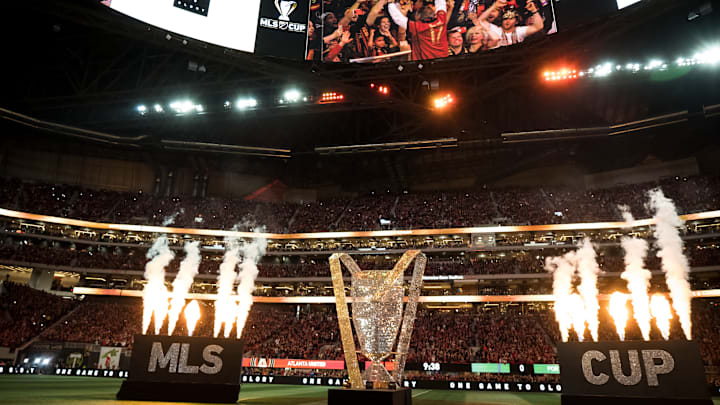The soccer scene in the United States has taken a wild ride since Major League Soccer, our beloved MLS, started shining the spotlight on its domestic championship. Back in the day, the league used to pick a neutral spot for the final showdown—a bit like the Super Bowl setup, where fans, no matter their team, were scattered, and that “home” vibe often faded. If the goal was to keep it neutral, the result felt oddly sterile—detached, almost misplaced.
Up until 2011, MLS announced the final's location months in advance, with no clue who would actually be fighting for the trophy. In theory, this added some predictability and made planning easier. But in 2012, the league took a daring leap: why not let the team with the best season record play at home, giving them the thrill of a roaring, home-crowd advantage? This change suddenly upped the stakes for the regular season—every point, every goal meant a shot at clinching the title on home turf, smack in the middle of an electrified fan base, turning each stadium into an impenetrable fortress.
Follow MLS Multiplex on X (Twitter).
And that new formula paid off fast. In those first three finals, the home teams clinched the win. In 2012, the Los Angeles Galaxy, under the spotlight at their home, then called the Home Depot Center, clinched the title with a solid 3-1, proving that bringing the finals "home" had a real impact. Sporting Kansas City followed suit in 2013, taking down Real Salt Lake in a nail-biting penalty shootout, in a game that could’ve been straight out of a movie—complete with a record-setting -7°C, the coldest MLS match ever.
Take 2014, for instance, when Landon Donovan bowed out of soccer in grand style, lifting the trophy with his home fans at the StubHub Center after defeating New England Revolution.
Then came 2015, and the Portland Timbers flipped the script by beating the Columbus Crew on their home turf at MAPFRE Stadium. It was a moment that underscored what many already suspected: the best team wins, home or away.
And let’s not forget the records this setup has inspired. From the 57,000 fans at the 1997 final to recent crowds at Atlanta's Mercedes-Benz Stadium in 2018, where a packed house saw Atlanta United triumph over the Portland Timbers. It’s MLS turning up the volume, making its finals a spectacle that resonates coast to coast.
What’s more, this model creates a rare connection with local fans. Players step onto the field knowing that a victory means the ultimate celebration, the season’s crowning moment. But if they lose? Well, they’ll be watching the opposition lift the trophy right in front of their fans. This format, giving home-field advantage to the best team, makes MLS one of a kind. It links team performance to the raw emotion of each match—something you don’t always get in European leagues, where champions are decided by points alone. In Europe, it’s about consistency; in MLS, it’s survival, climaxing in a single game that captures the entire journey. This is what draws Americans to MLS—the thrill of do-or-die moments.
To this day, Kansas City’s final holds the record for the coldest, while Frisco, Texas, tops the heat charts with a toasty 23°C final. And let’s not skip the moment Toronto broke new ground in 2010, hosting the first final outside the U.S. at BMO Field, giving Canada a slice of MLS history.
